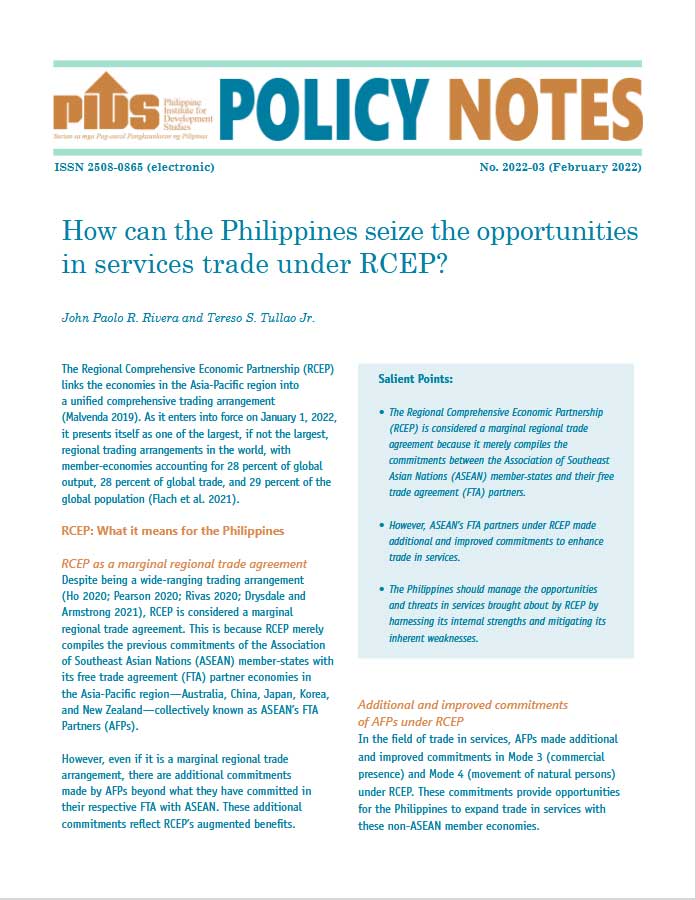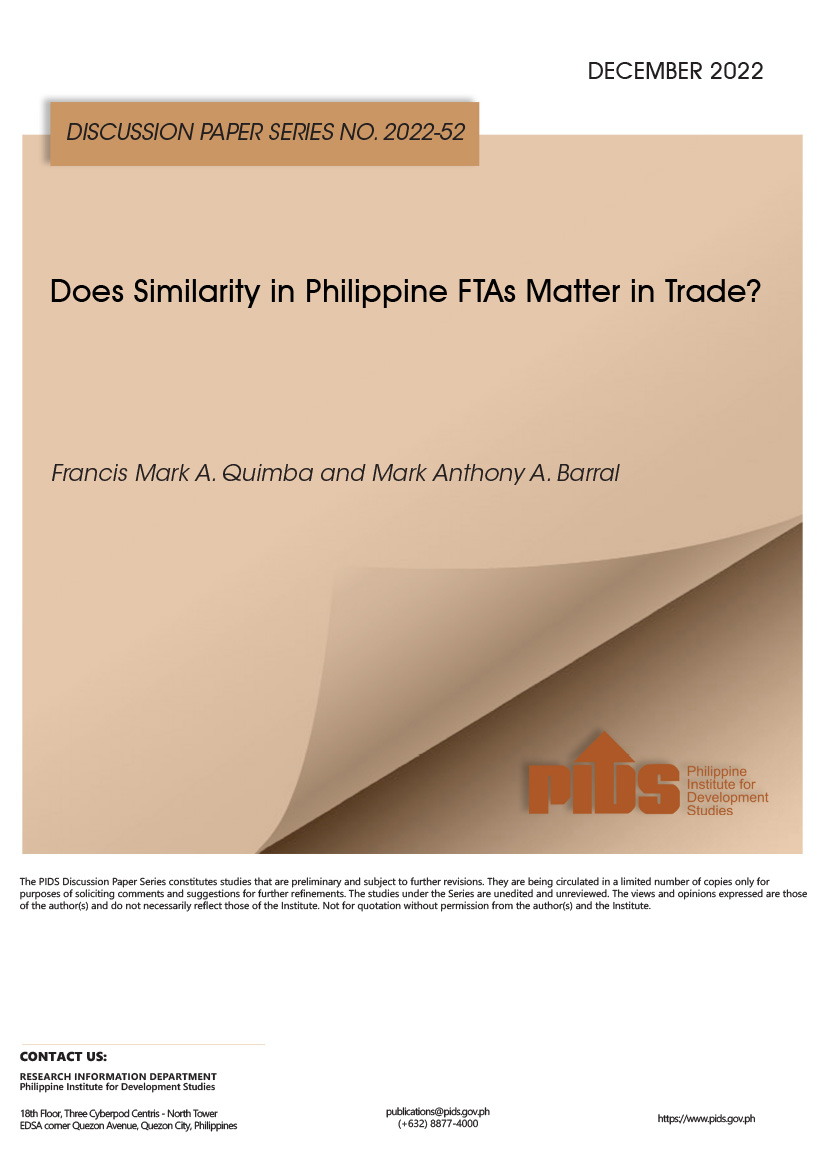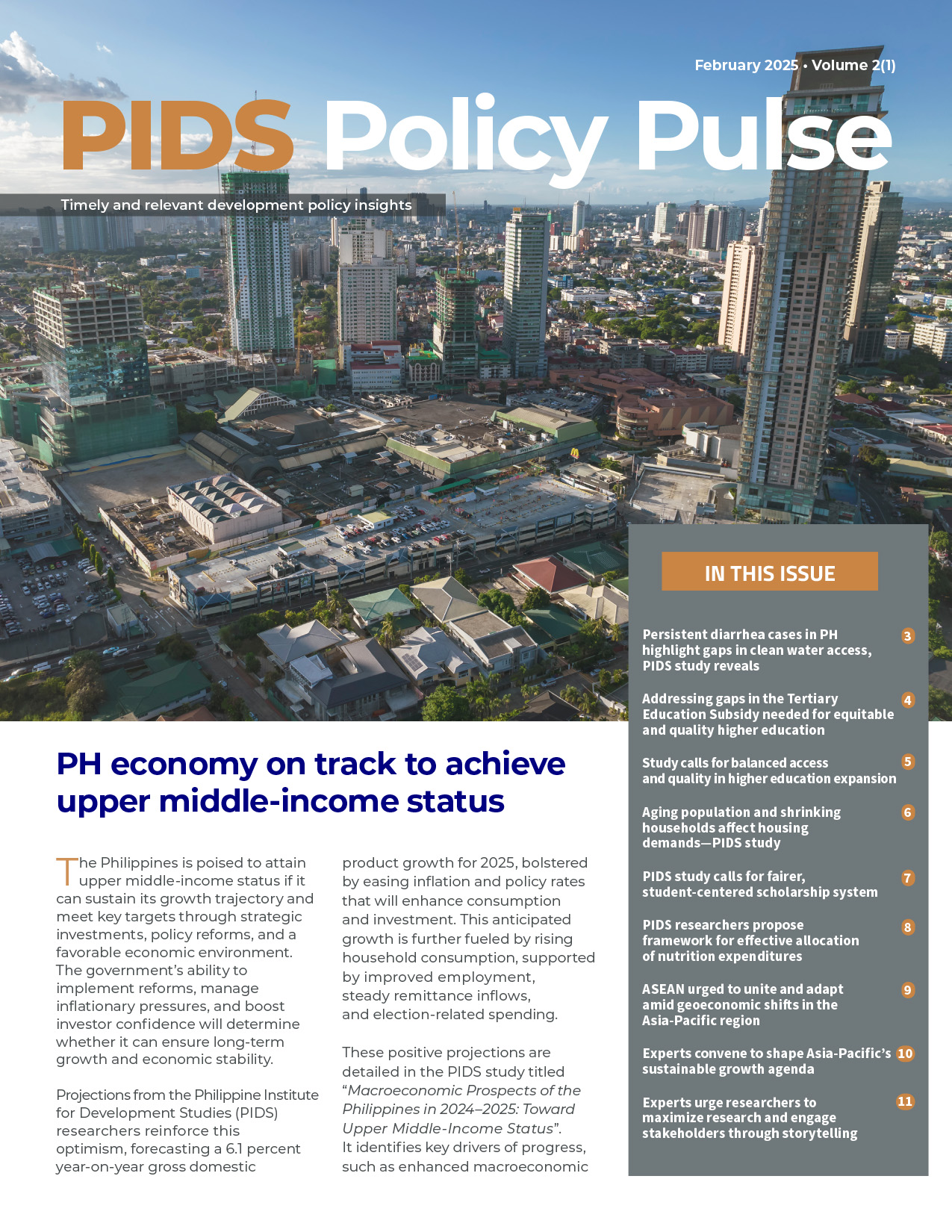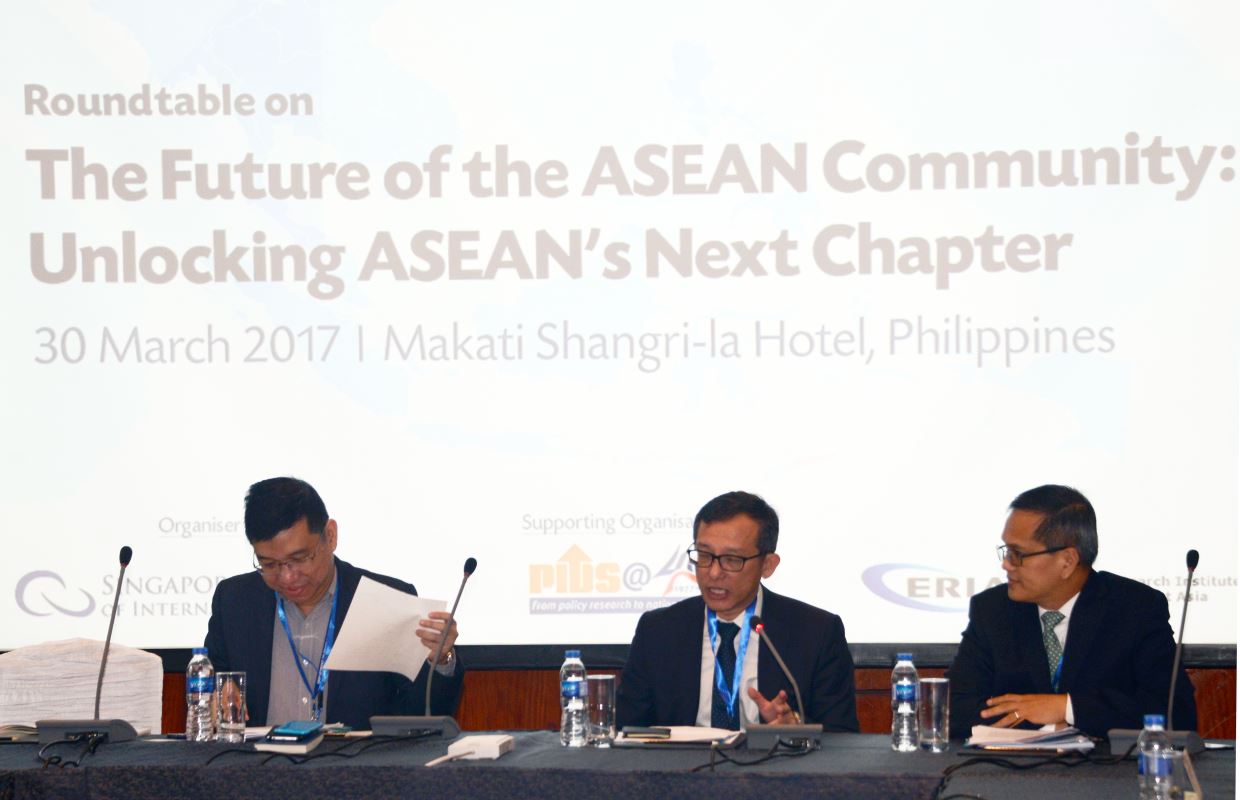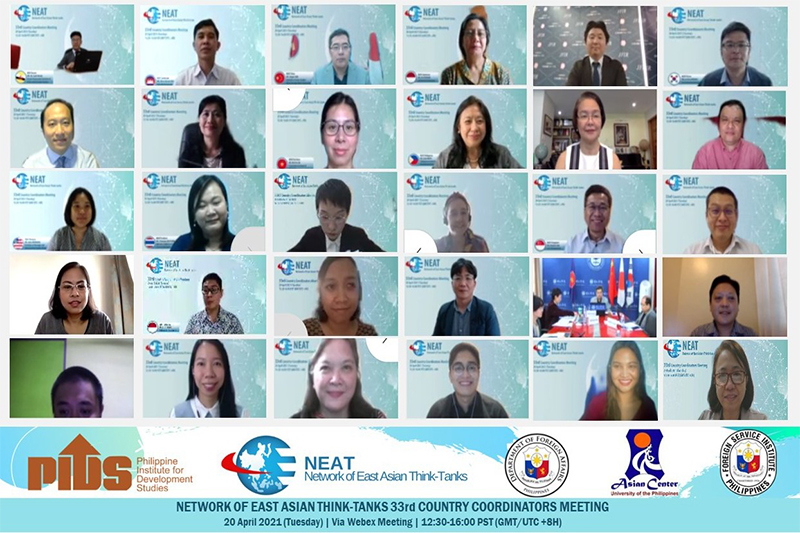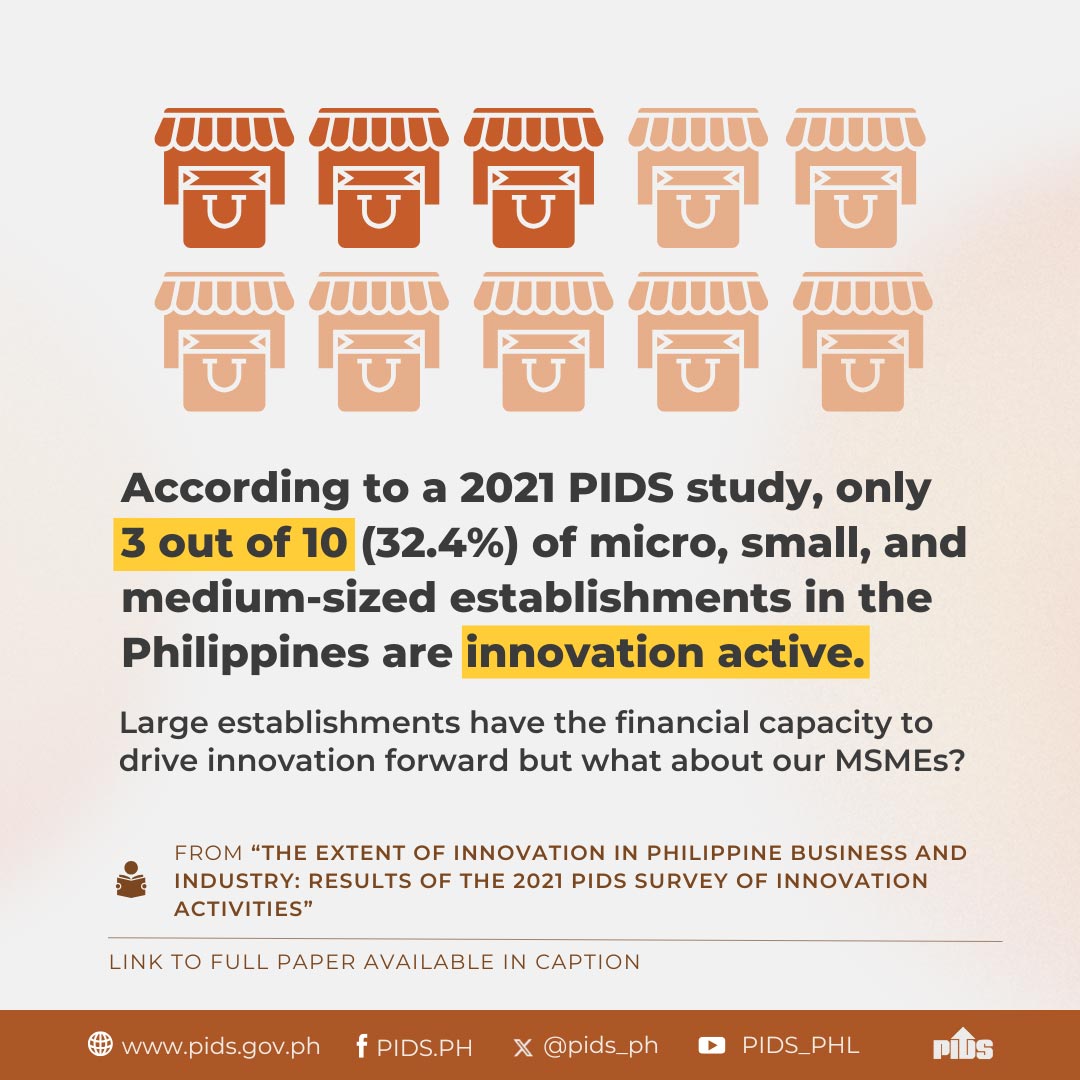Amidst the rising trend in free trade agreements (FTAs) and growing international production sharing, rules of origin (ROO) has been beset with difficult recurring issues. First is the cost of ROO administration. Second, ROO as part of FTAs could generate new barriers to trade, thus taking with one hand what the other hand has given. In turn, this gives rise to another key concern: its potential use as a protectionist tool. To achieve the East Asian vision of a community, any regional trade agreement (RTA) it would endeavor to establish should set a rational, enabling regime of ROO that would facilitate even as it attempts to prevent trade deflection, with enough safeguards for inclusive development both within and across countries in the region. There is a consensus that the movement should be toward more simple and less restrictive ROO. In sum, consolidation of the multiple membership agreements in the region around more liberal ROO should be the general guideline. Currently, majority of East Asia RTAs combine the three main ROO approaches: (1) the regional value added criterion [RVA]; (2) the change in tariff classification [CTC]; and (3) specified processes [SP]. Liberalizing features such as de minimis are in some cases used, often in a product-specific approach. Reliance on government certification is the general rule. In ASEAN, ROO reforms lean toward more liberal rules by "expanding/easing standards." The AFTA ROO would provide a good starting point for EAFTA. Necessarily, there should be a coordinated and cooperative action among member countries.


